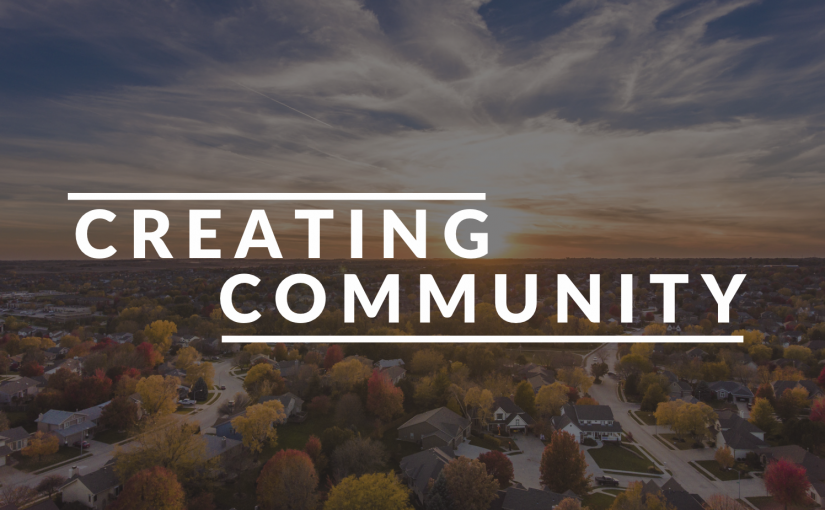Sarah Cunningham of Ethos Design+Build | Remodel shares her insight into creating and nurturing thriving communities in Idaho by putting the state’s history and culture into focus.
Author: Sarah Cunningham
Community, as defined by the Oxford English dictionary, is “a group of people living in the same place or having a particular characteristic in common.”
I hope, though, that our communities in Idaho are more than a group of people living in the same place. I’d like to think we share values and passions. That the particular characteristic we share is a love and deep respect for this beautiful place we call home.
Many of us came here, or chose to stay here, because of the livability, because of the fact we can bike to work and walk our kids home from school, because we can go rafting, backpacking, and hot springing — all in one weekend if we’re feeling adventurous and ambitious.
When I envision our communities, and when I’m part of creating them, I want to be a part of creating a livable, sustainable future for Idahoans, and a part of preserving and honoring our past. Like many, I do this with a study of the architectural and communal history of our homes and neighborhoods but, I also believe it’s important to understand the history of the land we build on as well.
As a state that is home to five federally-recognized tribes — the Shoshone-Bannock, the Shoshone-Paiute, the Coeur d’Alene, the Kootenai, and the Nez Perce — we have to acknowledge our homes and businesses are built on Native land. That is part of every Idaho community’s past, and our future. Whether we recognize it or not, it’s an intangible aspect of the culture of the communities we love by the simple nature of the history of the land we live on.
One way to start connecting to your community’s history is to look up your home on an indigenous people’s map. You can type in your address and get a sense for the Native tribes that call this land home. Begin to know the land you live on, its history, its art, its culture. Begin to understand that much of the history we’ve been taught excludes Native stories.
Land agreements can also be a step in the right direction.
According to Care About Climate,
“A land acknowledgment is a written statement that acknowledges the indigenous peoples on whose land you live. Historically, they have been written in countries including Canada, the United States, Australia, and New Zealand. They are small, yet powerful statements that recognize and name Indigenous peoples. Land acknowledgments bring Indigenous voices into a historical narrative that previously erased them, and they are a first step in recognizing and honoring the relationship between Indigenous peoples and the land.”.
If you decide to write a land agreement, do your research, focus on the past, present, and the future, and ground it in honesty and respect.
As Idaho residents, it’s important to take any step we can to acknowledge our shared history and honor the people whose tribal lands on which many of our homes and structures are built.
If we want to build sustainable, thriving communities, we need to educate ourselves and be open to diversity, inclusivity, and acceptance. We have to open our minds and hearts to the diverse, beautiful world that is out there. When we do, we’ll find it creates much richer, more interconnected communities.
By integrating our past, present, and future in communities in Idaho, we can pave the way for a brighter present and future.
Sarah Cunningham is a REALTOR® and the Founder and CEO of Ethos Design+Build | Remodel. Her intentional design+builds and remodels are helping to shape and enhance the Treasure Valley community.
